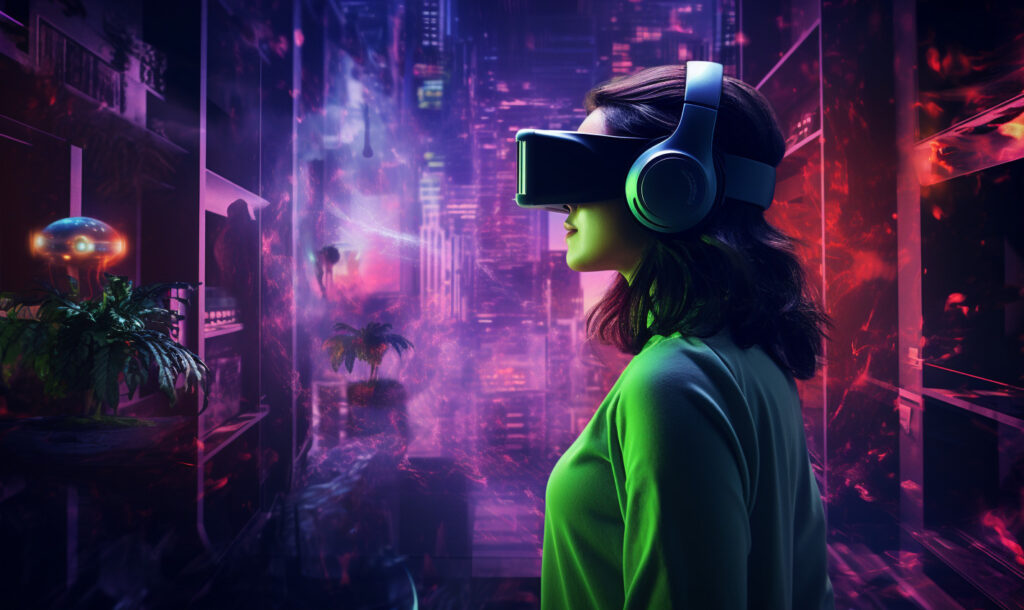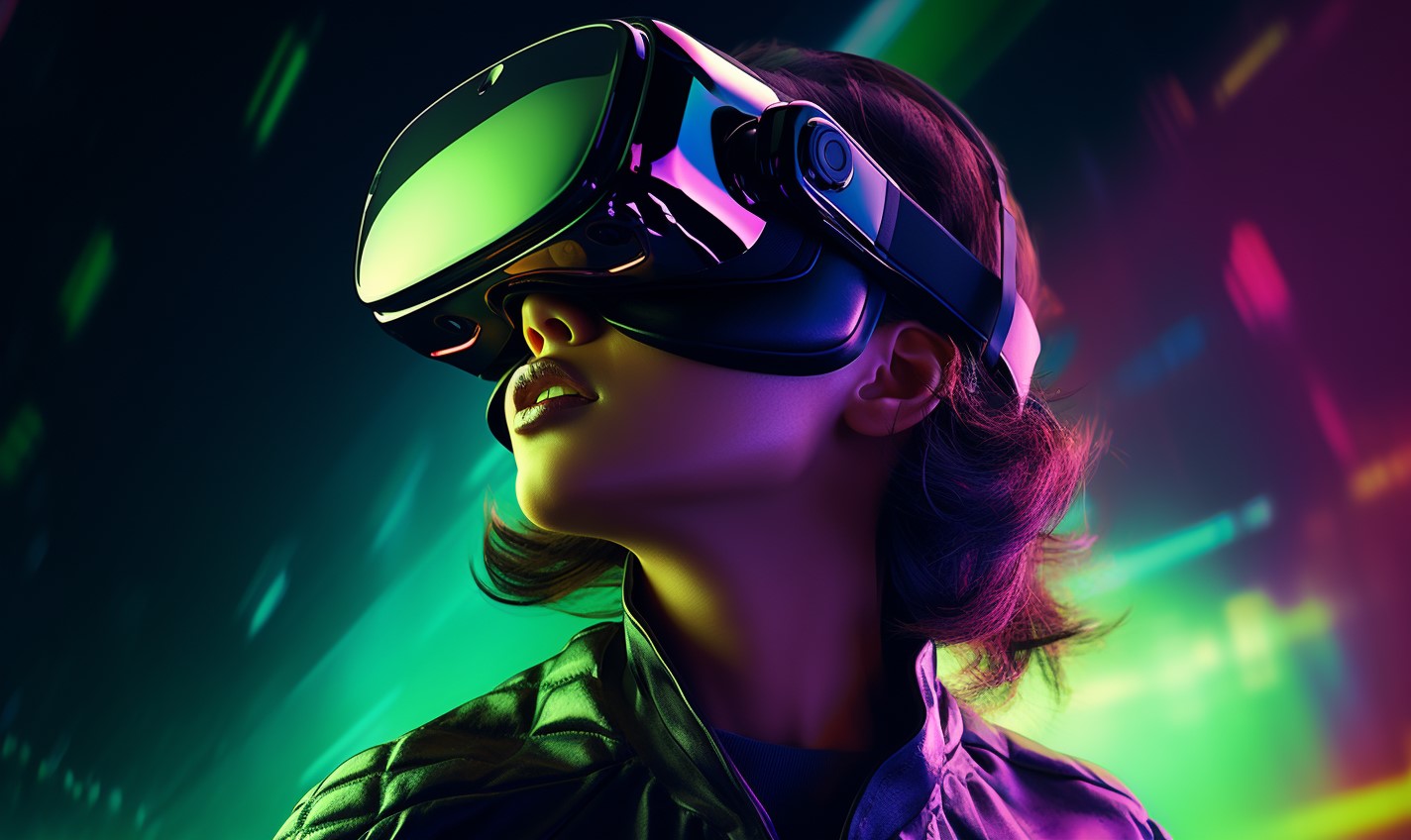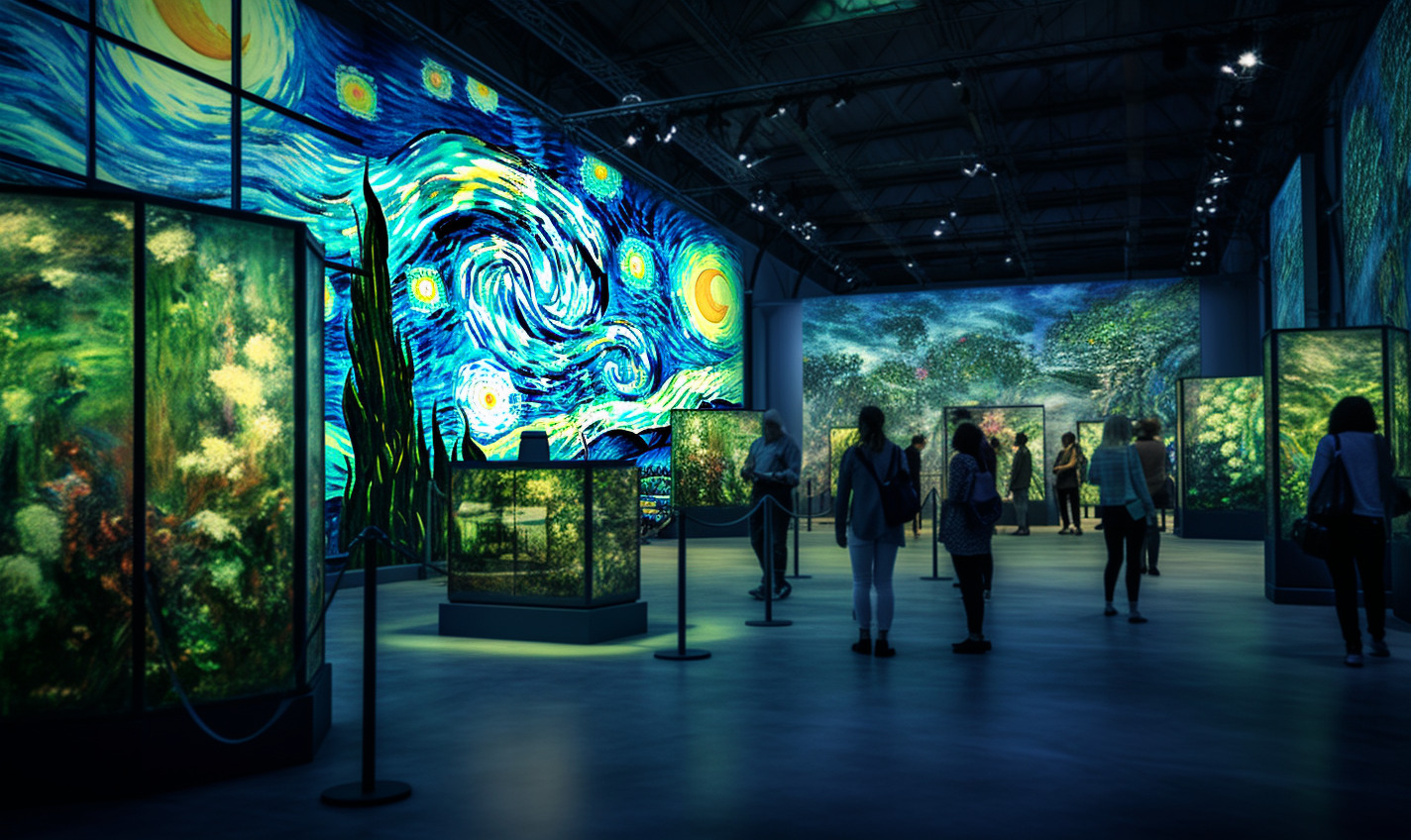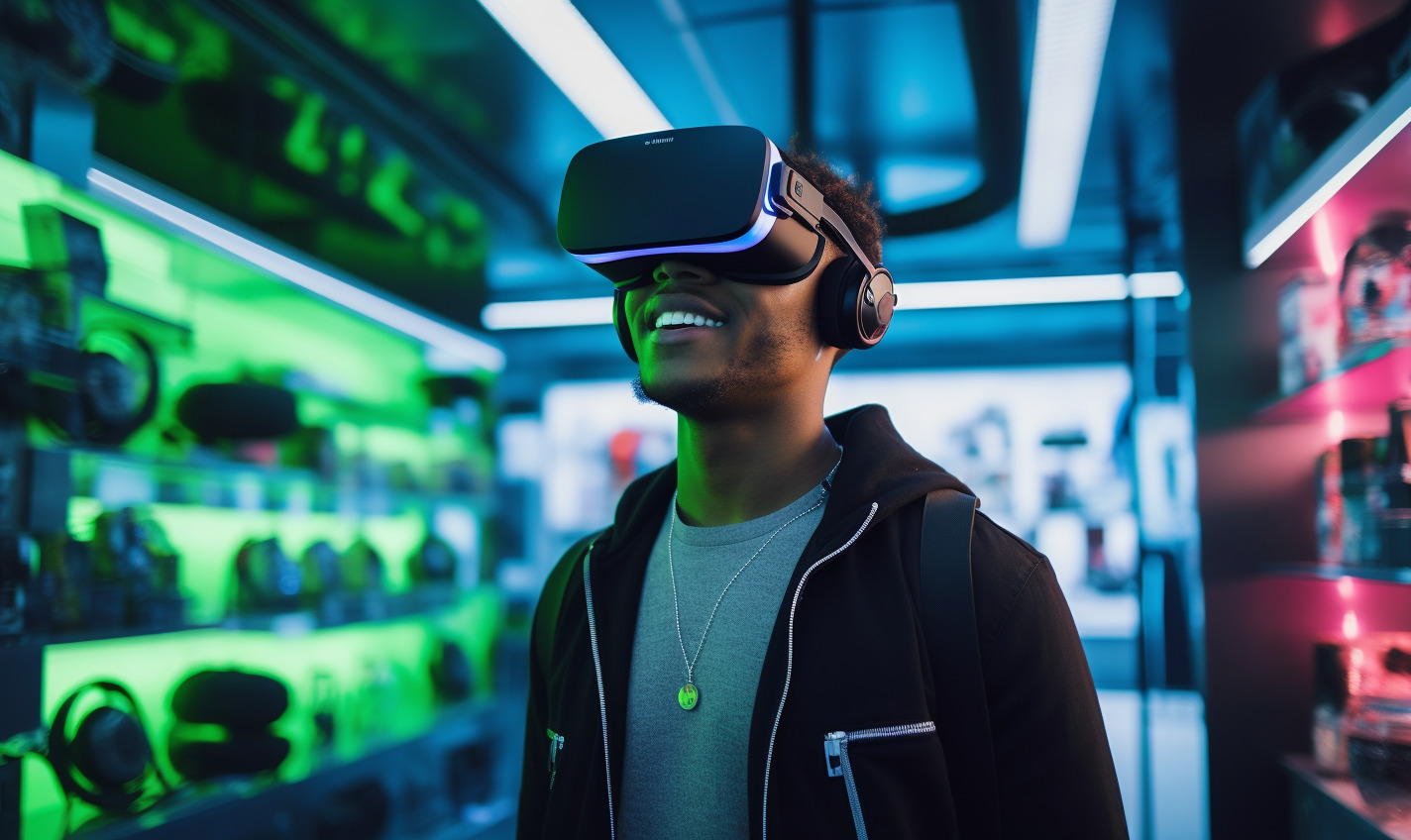Is VR dying or growing? It’s difficult to tell today between the undeniable popularity of the Quest 2 headset and the undeniable failure of many high-profile VR platforms. Analysts have been predicting VR will be a smash success for decades now, but the VR boom never seems to come.
VR isn’t necessarily dying, though. The state of the market today reveals some interesting trends that are reshaping the future of VR. Where is the tech now, and how will it change in the years ahead?
Lessons Learned From the Metaverse
One reason many people are wondering if VR is dying or growing is the state of the Metaverse. Meta hoped their VR social platform would become the next big thing on the internet and vault VR to mainstream success. Unfortunately, the platform quickly became infamous for its poor user experience and unusually high concentration of toxicity.
As of 2022, only 12% of American internet users reported high interest in the Metaverse. To put that into perspective, an estimated 92% of Americans use the internet. So, it’s safe to say that interest in the Metaverse is very low despite the hopes of Meta and initial investors.
While the Metaverse may have been a flop, it doesn’t mean VR is dying. This is an important distinction to make since Meta has come to dominate the VR market. The Quest 2 was undoubtedly one of the most successful VR headsets of all time. There are hundreds of games and apps for it, including some that are true gems. Tens of millions of people have purchased the Quest 2 since its launch.
So, what went wrong with the Metaverse? How did Meta get its headsets right but miss the mark on its VR hub? The answer lies in the role of UX and moderation features.
The Importance of User Experience and Moderation
The Metaverse has received bad PR for a variety of reasons, ranging from corny advertising to awkward graphics choices. However, the biggest issue with the Metaverse is a serious one: widespread harassment, abuse and discrimination.
In-depth studies have uncovered a severely high concentration of toxicity on the Metaverse. Users have reported experiencing sexism, racism, homophobia and even worse comments and behaviors. The platform is largely unsafe for children despite being widely marketed toward them. Female players often use male avatars and hide their voices to prevent virtual and verbal attacks.
Of course, not everyone on the Metaverse is participating in toxic behaviors. However, those who are doing so are clearly not afraid of getting in trouble. Meta’s reporting mechanisms are not keeping up well enough to turn the tide of the toxicity.
Toxic behavior is a huge issue on the internet already, but it is much more real and unnerving in virtual reality. As a result, the Metaverse has become essentially unplayable for most people.
The clear takeaway here is that moderation can’t be an afterthought. On top of that, attempting to recreate the Internet in VR might not be a good idea.
People want to use VR with friends, but opening the floodgates like Meta did with Horizon Worlds creates moderation and safety issues that are nearly impossible to manage effectively.
How Apple Could Transform VR
So, is VR dying or growing? Did the Metaverse kill VR’s chances of mainstream success? Not necessarily. VR gaming remains popular, although niche. In all likelihood, it will remain niche for the foreseeable future. VR technology itself may still go mainstream, though.
Previous attempts to make VR popular with the masses faltered for similar reasons. Google Cardboard attempted to address the high cost of VR by putting it in smartphones. Meta tried to address the social isolation of VR by making it excessively social. What both attempts got wrong were the limits of the technology itself.
Businesses can make VR cheaper, improve performance, and offer thousands of amazing games and apps, but the big hurdle is quite small: effort. Many users simply don’t see enough compelling reasons to go through the trouble of putting on a VR headset and navigating it with awkward controls when they could just use a phone, tablet or laptop.
The use cases for VR as it currently stands don’t outweigh the effort required to purchase and utilize a headset. This is especially true in comparison with the technologies people are already used to. Why video chat on the Metaverse with wonky avatars when you could just use Zoom or FaceTime? In today’s market, VR lacks the UX advantages to power growth.
The Vision Pro: A New Vision For VR
Apple is taking a fresh approach to VR that may breathe new life into the market and evolve it for the masses. In 2023, Apple finally announced its long-awaited VR headset, the Vision Pro. The headset actually turned out to be mixed reality with both AR and VR capabilities. Unlike every other headset on the market, gaming played a very small role in Apple’s announcement of the Vision Pro.
Apple designed a headset that can mesh with the devices people already like to use. It doesn’t have controllers at all, opting instead for incredibly precise hand and eye tracking. The Vision Pro certainly has social features, but nothing on the overwhelming scale of Meta’s Horizon Worlds.
This is a headset that feels more like a smartphone for your face. It has unique capabilities that make it stand out from a smartphone, laptop or tablet while also creating reasons to use it with those devices. This clear understanding of users’ needs may help the Vision Pro connect with consumers who otherwise would have avoided VR.
Is VR Dying or Growing?
Determining whether VR is dying or growing requires a big-picture look at the state of the market today, what’s working and what’s not working. VR itself isn’t dying, although certain apps, platforms and use cases have certainly flopped over recent years. But VR isn’t necessarily growing, either. It’s evolving.
Fully immersive experiences like gaming or watching movies are clear use cases for VR. However, for the technology to grow, it needs to expand beyond that small niche. Apple’s Vision Pro headset is pointing the way toward a potential new direction for the market: mixed reality.
XR (or MR) fills a comfortable middle ground between VR and AR that’s filled with legitimate use cases for a wide range of people. The smartphone is the pinnacle of personal tech today. XR could be the smartphone of the next generation, acting as a versatile bridge between the real and virtual worlds.
To see how this might work, just take a look at Apple’s announcement video for the Vision Pro. People can use it to immerse themselves in a movie on a plane ride, create virtual 4K displays in the office, join FaceTime calls, record 3D VR videos, meditate surrounded by a panoramic view and more. While doing all of this, the headset does not cut the user off from their surrounding real world.
For VR, AR and XR technology to reach their full potential, developers need to move past gaming and focus on everyday use cases. They need to examine what people are using phones, tablets and laptops for and consider how a headset could do those things in new or better ways.
The Future of VR, AR and XR
Is VR dying or growing? The answer is neither. Pure gaming applications for VR remain popular but niche. The technology is now evolving beyond those applications to appeal to the real-world needs of a larger cross-section of people. While gaming will always be a core part of the VR market, the future of VR includes a more diverse array of uses, features, tools and capabilities that will all be part of versatile mixed reality headsets.
Recent Stories
Follow Us On
Get the latest tech stories and news in seconds!
Sign up for our newsletter below to receive updates about technology trends














